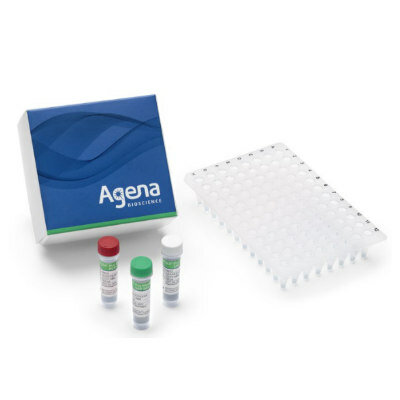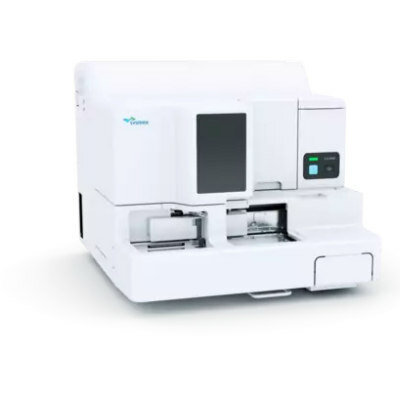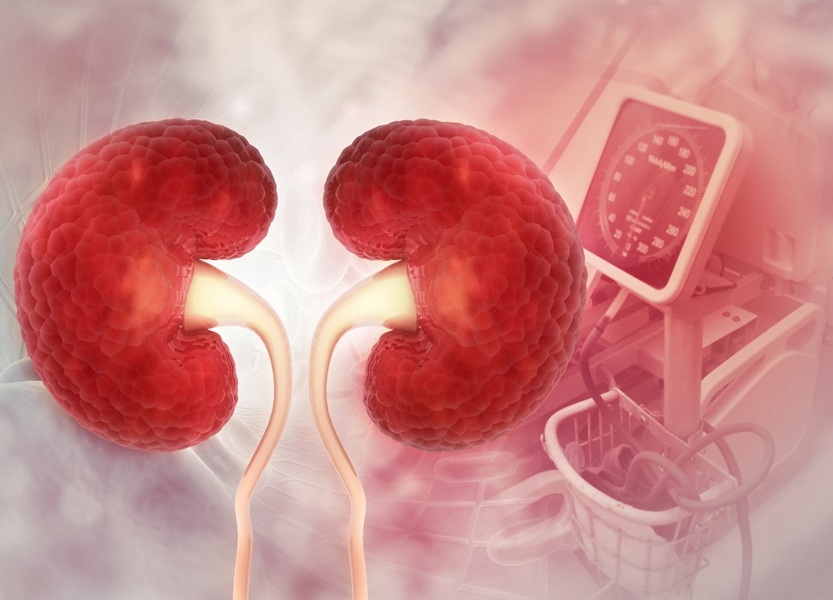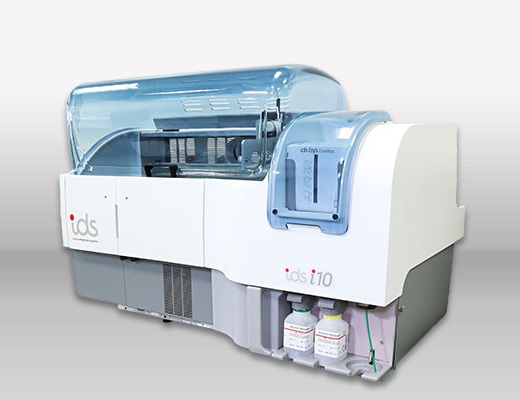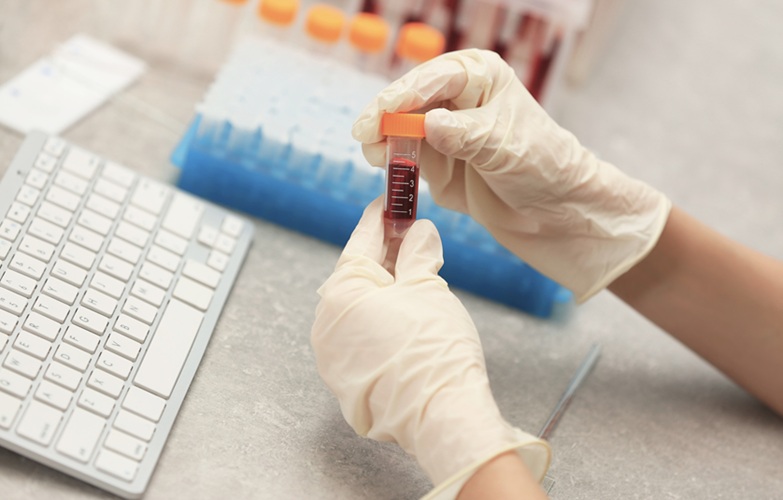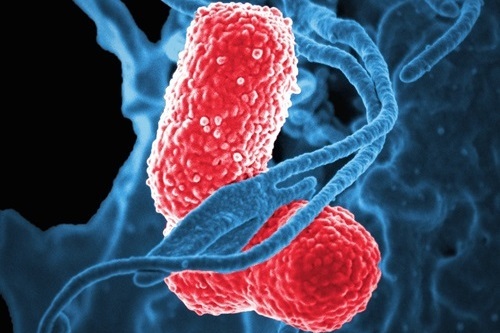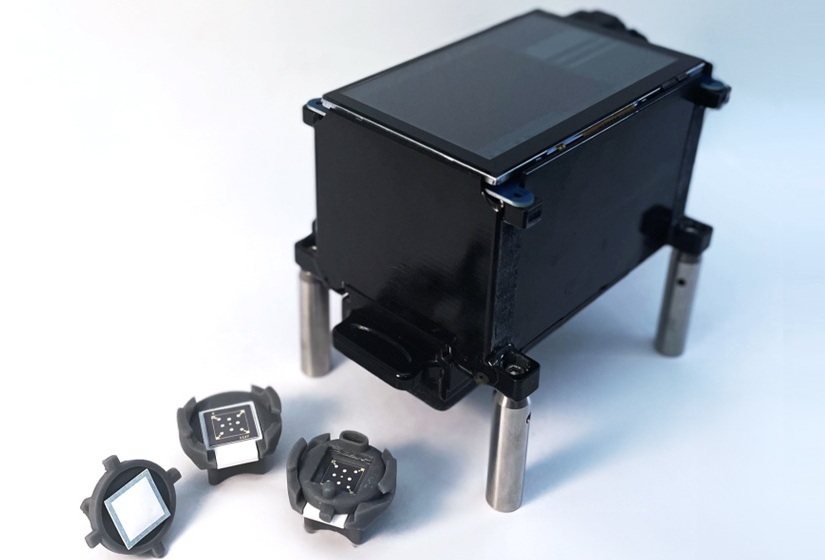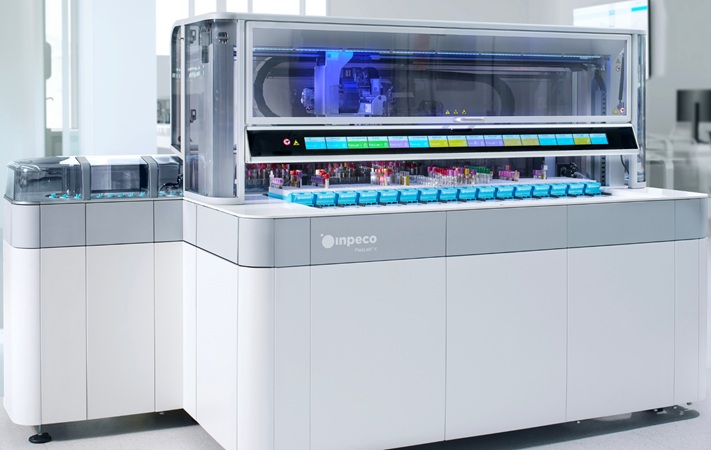Deeply Penetrating Nanoparticles Designed to Treat Osteoarthritis
|
By LabMedica International staff writers Posted on 12 Dec 2018 |
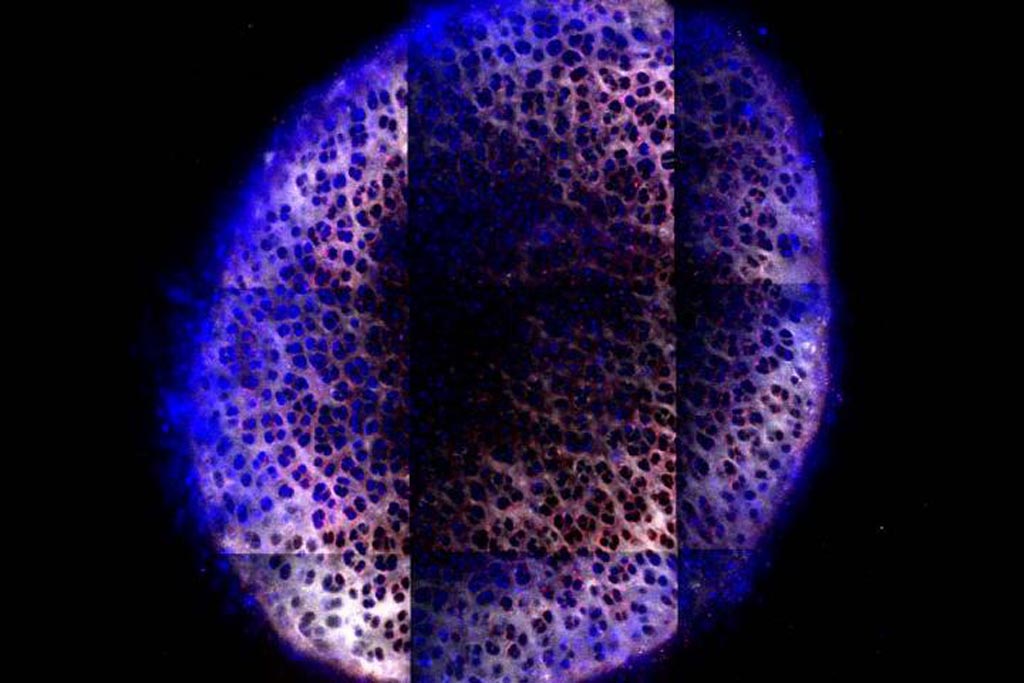
Image: Six days after treatment with IGF-1 carried by dendrimer nanoparticles (blue), the particles have penetrated through the cartilage of the knee joint (Photo courtesy of Brett Geiger and Jeff Wyckoff, Massachusetts Institute of Technology).
A novel nanoparticle-based drug transport system designed to treat osteoarthritis delivers the anabolic growth factor IGF-1 (insulin-like growth factor 1) directly to injured chondrocytes, which are located deep within a dense layer of cartilage tissue.
Osteoarthritis is a debilitating joint disease for which there are no disease-modifying therapies. Several drugs have failed clinical trials due to inefficient and inadequate delivery to target cells. Anabolic growth factors are one class of such drugs that could be disease-modifying if delivered directly to chondrocytes, which reside deep within dense, anionic cartilage tissue.
To overcome this biological barrier, investigators at the Massachusetts Institute of Technology (Cambridge, USA) conjugated IGF-1 to a cationic nanocarrier for targeted delivery to chondrocytes and retention within joint cartilage after direct intra-articular injection. IGF-1 is an anabolic growth factor that promotes chondrocyte survival, proliferation, and biosynthesis of cartilage matrix macromolecules. It also shows anti-inflammatory effects in cytokine-challenged cartilage tissue. Because of these properties, IGF-1 has garnered considerable interest as a potential disease-modifying drug.
The nanocarriers were prepared from repetitively branched molecules known as dendrimers. Poly(amidoamide), or PAMAM, dendrimers were utilized for their tertiary amine groups at the branching points within the dendrimer. Metal ions were introduced to an aqueous dendrimer solution and the metal ions formed a complex with the lone pair of electrons present at the tertiary amines.
The nanocarriers were end functionalized with variable molar ratios of poly(ethylene glycol) (PEG) to control surface charge. PEG provided reversible electrostatic interactions with anionic cartilage tissue to improve tissue binding, penetration, and residence time. From a small family of variably PEGylated dendrimers, an optimal formulation showing 70% uptake into cartilage tissue and 100% cell viability was selected.
The investigators reported in the November 28, 2018, online edition of the journal Science Translational Medicine that when conjugated to IGF-1, the dendrimer nanocarriers penetrated bovine cartilage of human thickness within two days and enhanced therapeutic IGF-1 joint residence time in rat knees by 10-fold for up to 30 days. In a surgical model of rat osteoarthritis, a single injection of dendrimer–IGF-1 rescued cartilage and bone more effectively than free IGF-1. Cartilage in injured joints treated with the nanoparticle-drug combination was far less damaged than cartilage in untreated joints or joints treated with IGF-1 alone. The joints also showed reductions in joint inflammation and bone spur formation.
"This is a way to get directly to the cells that are experiencing the damage, and introduce different kinds of therapeutics that might change their behavior," said senior author Dr. Paula Hammond, professor of chemical engineering at the Massachusetts Institute of Technology.
Related Links:
Massachusetts Institute of Technology
Osteoarthritis is a debilitating joint disease for which there are no disease-modifying therapies. Several drugs have failed clinical trials due to inefficient and inadequate delivery to target cells. Anabolic growth factors are one class of such drugs that could be disease-modifying if delivered directly to chondrocytes, which reside deep within dense, anionic cartilage tissue.
To overcome this biological barrier, investigators at the Massachusetts Institute of Technology (Cambridge, USA) conjugated IGF-1 to a cationic nanocarrier for targeted delivery to chondrocytes and retention within joint cartilage after direct intra-articular injection. IGF-1 is an anabolic growth factor that promotes chondrocyte survival, proliferation, and biosynthesis of cartilage matrix macromolecules. It also shows anti-inflammatory effects in cytokine-challenged cartilage tissue. Because of these properties, IGF-1 has garnered considerable interest as a potential disease-modifying drug.
The nanocarriers were prepared from repetitively branched molecules known as dendrimers. Poly(amidoamide), or PAMAM, dendrimers were utilized for their tertiary amine groups at the branching points within the dendrimer. Metal ions were introduced to an aqueous dendrimer solution and the metal ions formed a complex with the lone pair of electrons present at the tertiary amines.
The nanocarriers were end functionalized with variable molar ratios of poly(ethylene glycol) (PEG) to control surface charge. PEG provided reversible electrostatic interactions with anionic cartilage tissue to improve tissue binding, penetration, and residence time. From a small family of variably PEGylated dendrimers, an optimal formulation showing 70% uptake into cartilage tissue and 100% cell viability was selected.
The investigators reported in the November 28, 2018, online edition of the journal Science Translational Medicine that when conjugated to IGF-1, the dendrimer nanocarriers penetrated bovine cartilage of human thickness within two days and enhanced therapeutic IGF-1 joint residence time in rat knees by 10-fold for up to 30 days. In a surgical model of rat osteoarthritis, a single injection of dendrimer–IGF-1 rescued cartilage and bone more effectively than free IGF-1. Cartilage in injured joints treated with the nanoparticle-drug combination was far less damaged than cartilage in untreated joints or joints treated with IGF-1 alone. The joints also showed reductions in joint inflammation and bone spur formation.
"This is a way to get directly to the cells that are experiencing the damage, and introduce different kinds of therapeutics that might change their behavior," said senior author Dr. Paula Hammond, professor of chemical engineering at the Massachusetts Institute of Technology.
Related Links:
Massachusetts Institute of Technology
Latest BioResearch News
- Genome Analysis Predicts Likelihood of Neurodisability in Oxygen-Deprived Newborns
- Gene Panel Predicts Disease Progession for Patients with B-cell Lymphoma
- New Method Simplifies Preparation of Tumor Genomic DNA Libraries
- New Tool Developed for Diagnosis of Chronic HBV Infection
- Panel of Genetic Loci Accurately Predicts Risk of Developing Gout
- Disrupted TGFB Signaling Linked to Increased Cancer-Related Bacteria
- Gene Fusion Protein Proposed as Prostate Cancer Biomarker
- NIV Test to Diagnose and Monitor Vascular Complications in Diabetes
- Semen Exosome MicroRNA Proves Biomarker for Prostate Cancer
- Genetic Loci Link Plasma Lipid Levels to CVD Risk
- Newly Identified Gene Network Aids in Early Diagnosis of Autism Spectrum Disorder
- Link Confirmed between Living in Poverty and Developing Diseases
- Genomic Study Identifies Kidney Disease Loci in Type I Diabetes Patients
- Liquid Biopsy More Effective for Analyzing Tumor Drug Resistance Mutations
- New Liquid Biopsy Assay Reveals Host-Pathogen Interactions
- Method Developed for Enriching Trophoblast Population in Samples
Channels
Clinical Chemistry
view channel
Carbon Nanotubes Help Build Highly Accurate Sensors for Continuous Health Monitoring
Current sensors can measure various health indicators, such as blood glucose levels, in the body. However, there is a need to develop more accurate and sensitive sensor materials that can detect lower... Read more
Paper-Based Device Boosts HIV Test Accuracy from Dried Blood Samples
In regions where access to clinics for routine blood tests presents financial and logistical obstacles, HIV patients are increasingly able to collect and send a drop of blood using paper-based devices... Read moreMolecular Diagnostics
view channel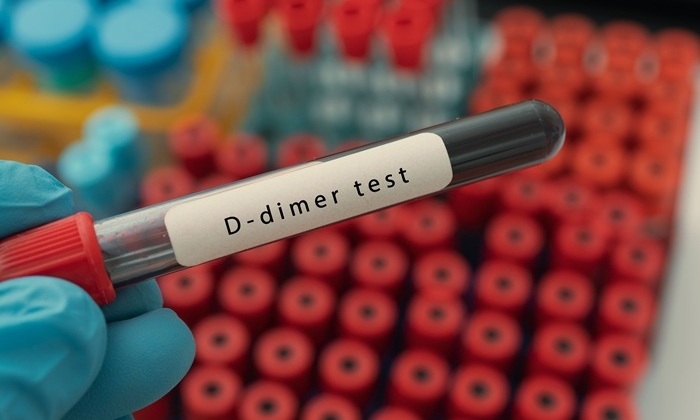
D-Dimer Testing Can Identify Patients at Higher Risk of Pulmonary Embolism
Pulmonary embolism (PE) is a commonly suspected condition in emergency departments (EDs) and can be life-threatening if not diagnosed correctly. Achieving an accurate diagnosis is vital for providing effective... Read more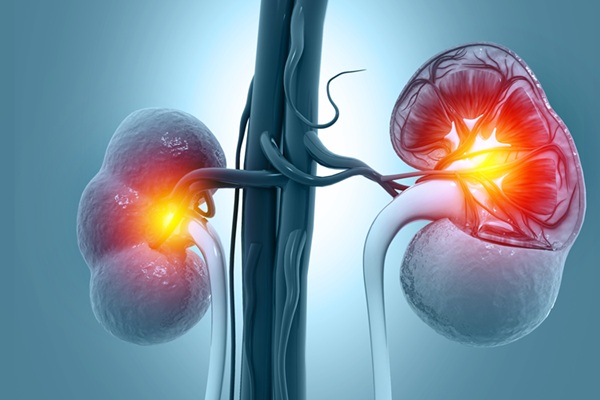
New Biomarkers to Improve Early Detection and Monitoring of Kidney Injury
Drug-induced kidney injury, also known as nephrotoxicity, is a prevalent issue in clinical practice, occurring when specific medications at certain doses cause damage to the kidneys. Nephrotoxicity can... Read moreHematology
view channel
New Scoring System Predicts Risk of Developing Cancer from Common Blood Disorder
Clonal cytopenia of undetermined significance (CCUS) is a blood disorder commonly found in older adults, characterized by mutations in blood cells and a low blood count, but without any obvious cause or... Read more
Non-Invasive Prenatal Test for Fetal RhD Status Demonstrates 100% Accuracy
In the United States, approximately 15% of pregnant individuals are RhD-negative. However, in about 40% of these cases, the fetus is also RhD-negative, making the administration of RhoGAM unnecessary.... Read moreImmunology
view channel
Post-Treatment Blood Test Could Inform Future Cancer Therapy Decisions
In the ongoing advancement of personalized medicine, a new study has provided evidence supporting the use of a tool that detects cancer-derived molecules in the blood of lung cancer patients years after... Read more
Cerebrospinal Fluid Test Predicts Dangerous Side Effect of Cancer Treatment
In recent years, cancer immunotherapy has emerged as a promising approach where the patient's immune system is harnessed to fight cancer. One form of immunotherapy, called CAR-T-cell therapy, involves... Read more
New Test Measures Preterm Infant Immunity Using Only Two Drops of Blood
Preterm infants are particularly vulnerable due to their organs still undergoing development, which can lead to difficulties in breathing, eating, and regulating body temperature. This is especially true... Read more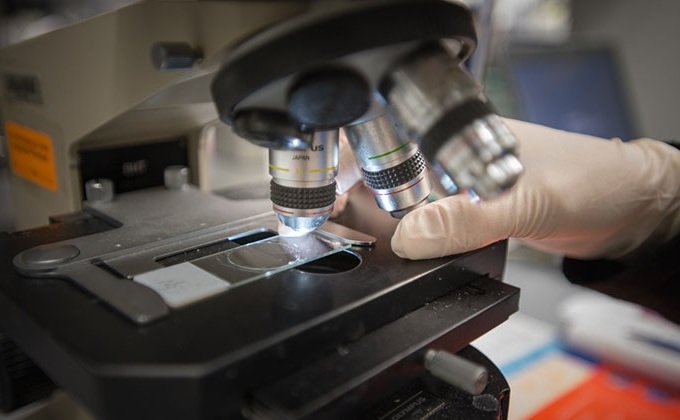
Simple Blood Test Could Help Choose Better Treatments for Patients with Recurrent Endometrial Cancer
Endometrial cancer, which develops in the lining of the uterus, is the most prevalent gynecologic cancer in the United States, affecting over 66,000 women annually. Projections indicate that in 2025, around... Read moreMicrobiology
view channel
Breakthrough Diagnostic Technology Identifies Bacterial Infections with Almost 100% Accuracy within Three Hours
Rapid and precise identification of pathogenic microbes in patient samples is essential for the effective treatment of acute infectious diseases, such as sepsis. The fluorescence in situ hybridization... Read more
Innovative ID/AST System to Help Diagnose Infectious Diseases and Combat AMR
Each year, 11 million people across the world die of sepsis out of which 1.3 million deaths are due to antibiotic-resistant bacteria. The burden of antimicrobial resistance (AMR) continues to weigh heavily,... Read more
Gastrointestinal Panel Delivers Rapid Detection of Five Common Bacterial Pathogens for Outpatient Use
Acute infectious gastroenteritis results in approximately 179 million cases each year in the United States, leading to a significant number of outpatient visits and hospitalizations. To address this, a... Read morePathology
view channel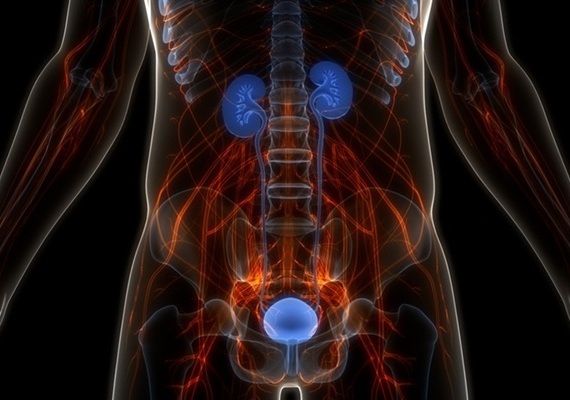
AI Model Predicts Patient Response to Bladder Cancer Treatment
Each year in the United States, around 81,000 new cases of bladder cancer are diagnosed, leading to approximately 17,000 deaths annually. Muscle-invasive bladder cancer (MIBC) is a severe form of bladder... Read more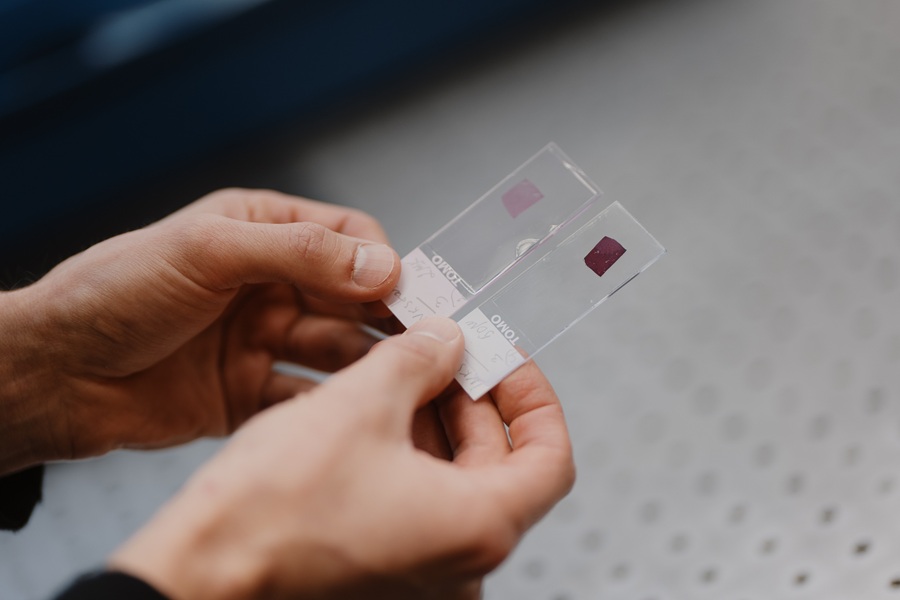
New Laser-Based Method to Accelerate Cancer Diagnosis
Researchers have developed a method to improve cancer diagnostics and other diseases. Collagen, a key structural protein, plays various roles in cell activity. A novel multidisciplinary study published... Read more
New AI Model Predicts Gene Variants’ Effects on Specific Diseases
In recent years, artificial intelligence (AI) has greatly enhanced our ability to identify a vast number of genetic variants in increasingly larger populations. However, up to half of these variants are... Read more
Powerful AI Tool Diagnoses Coeliac Disease from Biopsy Images with Over 97% Accuracy
Coeliac disease is an autoimmune disorder triggered by the consumption of gluten, causing symptoms such as stomach cramps, diarrhea, skin rashes, weight loss, fatigue, and anemia. Due to the wide variation... Read moreTechnology
view channel
Smartphones Could Diagnose Diseases Using Infrared Scans
Rapid advancements in technology may soon make it possible for individuals to bypass invasive medical procedures by simply uploading a screenshot of their lab results from their phone directly to their doctor.... Read more
Novel Sensor Technology to Enable Early Diagnoses of Metabolic and Cardiovascular Disorders
Metabolites are critical compounds that fuel life's essential functions, playing a key role in producing energy, regulating cellular activities, and maintaining the balance of bodily systems.... Read more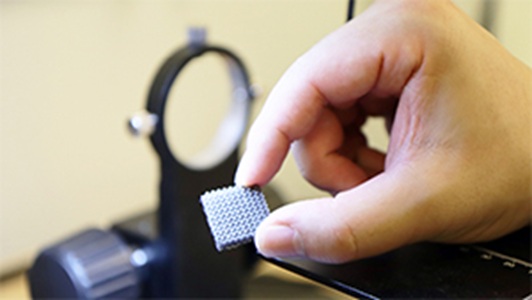
3D Printing Breakthrough Enables Large Scale Development of Tiny Microfluidic Devices
Microfluidic devices are diagnostic systems capable of analyzing small volumes of materials with precision and speed. These devices are used in a variety of applications, including cancer cell analysis,... Read moreIndustry
view channel




